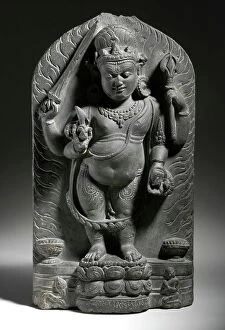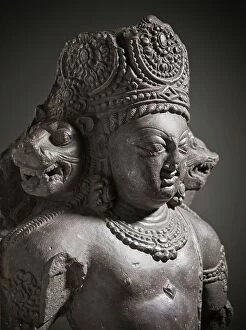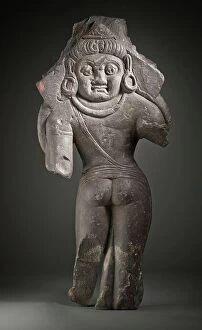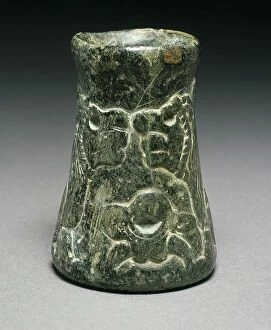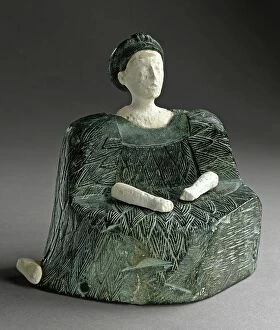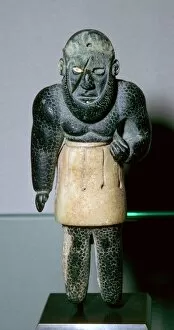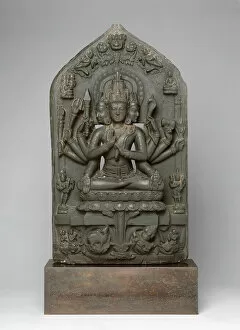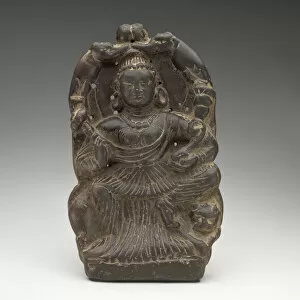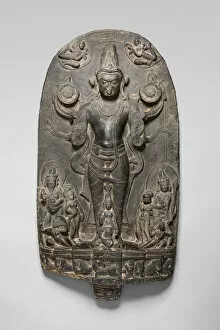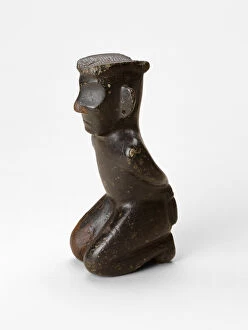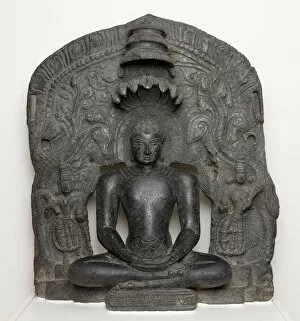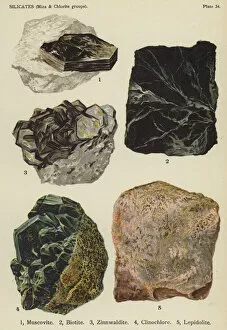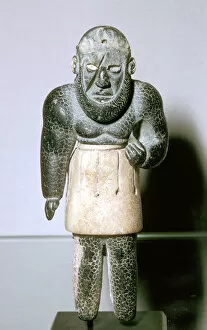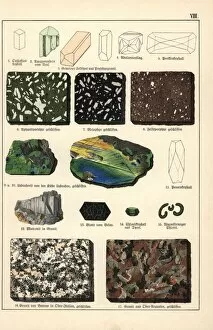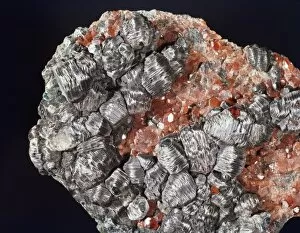Chlorite Collection
Chlorite, a mineral with various forms and uses, has left its mark throughout history
For sale as Licensed Images
Choose your image, Select your licence and Download the media
Chlorite, a mineral with various forms and uses, has left its mark throughout history. From the Pre-Cambrian age chlorite schist displaying crenulation cleavage in Llyn to the Bactrian statuette of the scarred genie La Balafre, chlorite's presence is undeniable. Even in ancient religious art like the cosmic form of Shiva from the Pala period or the goddess of abundance enthroned on a lion and lustrated by elephants, chlorite finds its way into artistic expression. Intriguingly, it also appears alongside other minerals collected by John Mawe in Brazil back in 1812. Silicates such as mica and various members of the chlorite group like muscovite, biotite, zinnwaldite, clinochlore, and lepidolite showcase their vibrant colors through lithography. This diverse range highlights how versatile this mineral can be. The significance extends beyond just visual appeal; it holds historical value too. A kneeling figure from late 2nd millennium B. C. , whose creator remains unknown but whose craftsmanship stands out nonetheless, showcases how artists utilized this mineral for their creations even centuries ago. Not limited to sculptures alone, chlorites' influence stretches into Jaina Tirthankara Parshvanatha's depiction during meditation in the 12th century. The serpent hood surrounding him adds an ethereal touch that only enhances his spiritual aura. From ancient times to more recent periods like those represented by statues such as Surya standing proudly in his chariot during the Pala period (10th/11th century) or La Balafre from end of 3rd to start of 2nd millennium BC - all these artifacts demonstrate humanity's fascination with incorporating chlorites' unique properties into their works. Lastly, let us not forget about its scientific importance – clinochlore being a chlorite variant that contributes to the understanding of this mineral's diverse forms.

